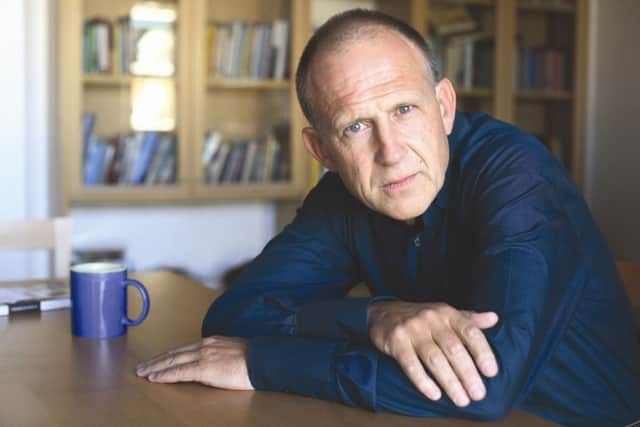Uneternal flame of love and loss


Reading a book subtitled “A Love Story” during Valentine’s week should have felt fitting, but this story of a middle-aged couple and their unravelling marriage is anything but romantic. Before the novel begins there is a disclaimer from the author: “This is a work of fiction. Any number of readers will see some resemblance to their lives... but it is coincidental.” In the chapters that follow, almost all of which could stand alone as short stories, the intimate details of a relationship are examined, and the descriptions of misunderstanding, resentment and lost passion will probably ring true to all but the most ardent lovebirds.
There is no one underlying reason for the failure of Thomas and Mary’s marriage; in the end, even Thomas’s serial adulteries seem to have little bearing on its demise. Instead the gradual falling off of intimacy and the creeping in of complacency is recorded and examined – even discussed with a therapist – but there is little done to remedy the situation. The effect is like reading witness statements where the speakers cannot have any effect on the outcome. The mundanity described is probably an accurate reflection of the way most marriages end, but accuracy doesn’t always equal interesting.
Advertisement
Hide AdAdvertisement
Hide AdThe narrative is fragmentary: the first five chapters are in the third person, and written in the present tense from Thomas’s point of view, before Parks switches to the first person and brings in other characters – relatives and friends – to have their say. At first this is fascinating – Julie the dog walker, for example, gives a ringside yet emotionally distant account of the final stages of Thomas and Mary’s cohabitation. Their teenage son, Mark, closer to the action, is devastated by the separation when it comes, feeling “limp and inadequate”. Both parents, while doing their best to offer practical advice, are hopeless when it comes to moral support. Mary instead heads to Zambia for three months to help orphan children in order to feel useful.
At times, Thomas and Mary seem determined to avoid doing anything to help themselves. Early on Thomas carefully notes that in one week, through different circumstances, the couple never go to bed at the same time, meaning one is always asleep as the other retires. There is a sense of disgruntled resentment about this, even though it is as much his fault as his wife’s, but it is never discussed.
Equally, while Mary acquires a dog and lavishes love and attention on it, Thomas has affairs with younger and younger women, becoming boringly obsessed with their sexual climax and discussing it with a long-suffering squash partner.
Mary herself has no voice; we view her through others’ eyes. At the beginning of one chapter we believe that she is finally speaking before Thomas is revealed as the author: “Thomas stopped. After a long pause he put his pen down... Perhaps you better stick to your own side of the story, he decided.”
Advertisement
Hide AdAdvertisement
Hide AdPerhaps if Mary had been allowed to put her side she could have told the reader why on earth she had married Thomas in the first place, and why it had taken so long for this uncommunicative couple to part.
For the rest of us, this is a salutary tale of how not to conduct a marriage and an advocation for simultaneous bedtimes. Had the fragmentary nature of the novel actually added up to a narrative arc, it might have made for a more satisfying read.